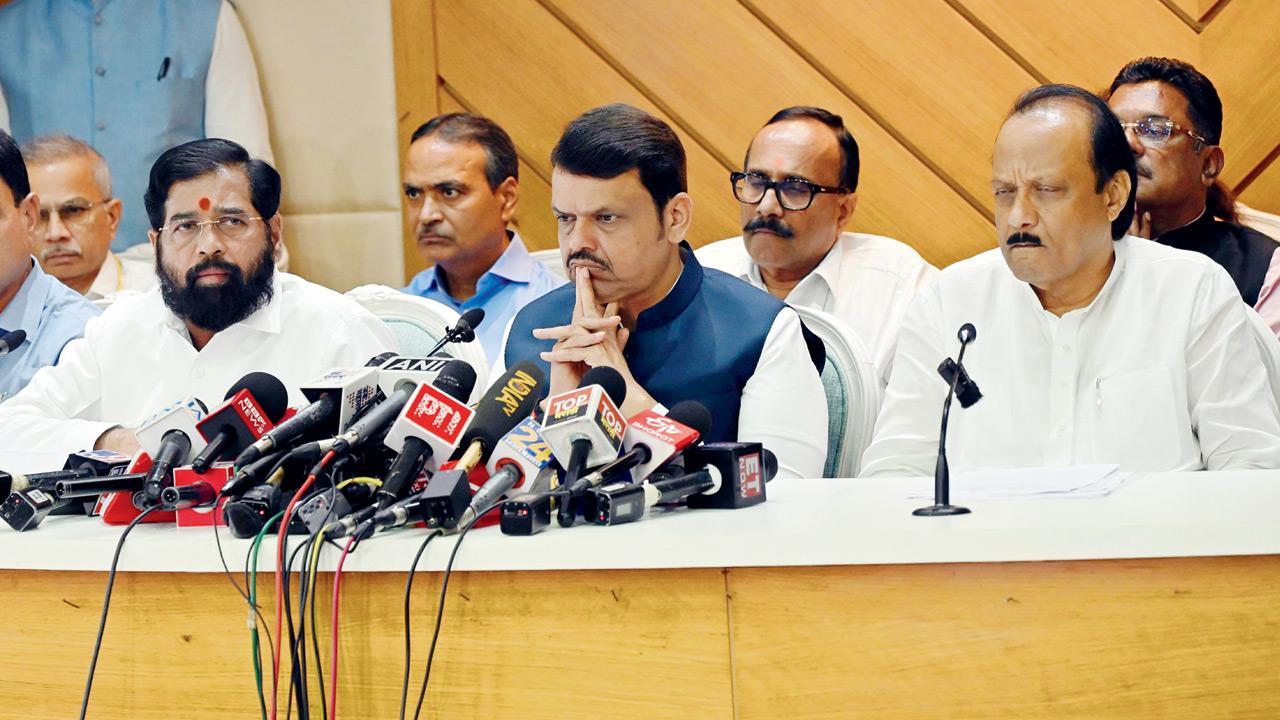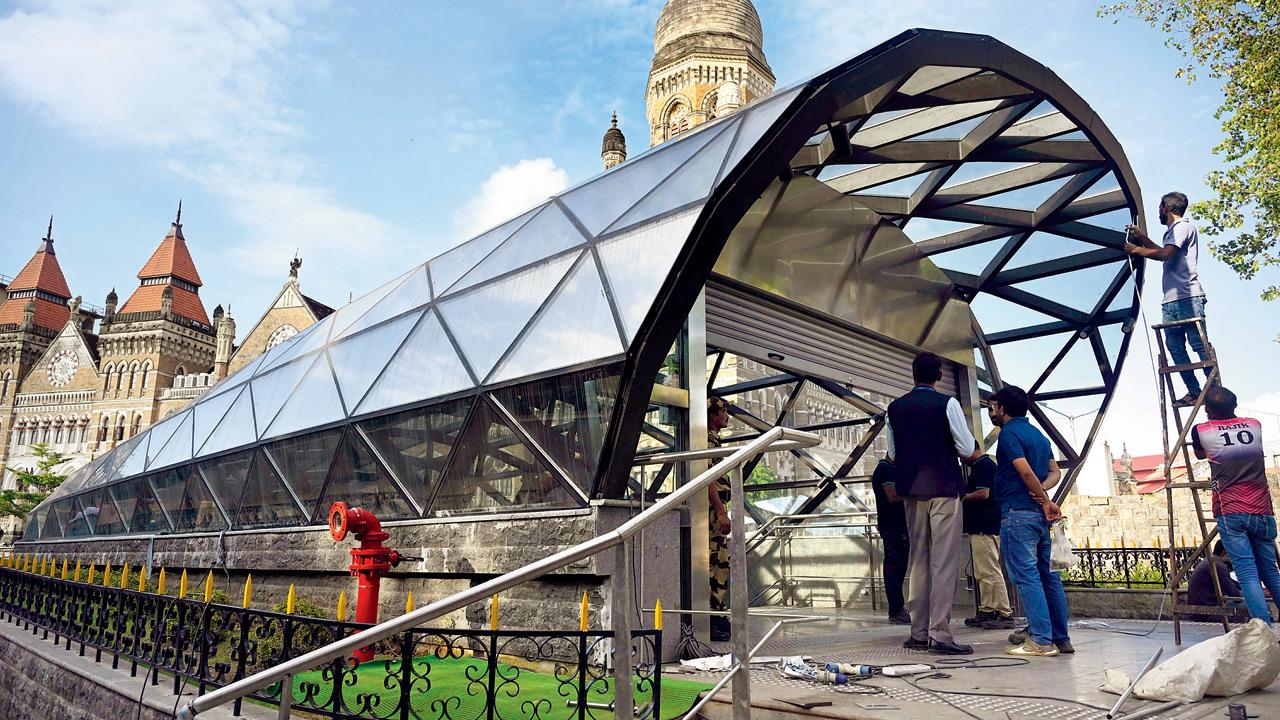Navi Mumbai International Airport which is proposed to open on September 30, aims to expand the aviation network in Maharashtra with its new amenities. the airport will offer some new key features to travellers once it starts commercial operations, due shortly after the airport’s inauguration. The location of the airport will be Ulwe-Panvel, Navi Mumbai.
Here’s what you can expect from the new airport:
Capacity planning of the new airport consists of a 4 phased operation, which would be
Phase 1 (Opening Now)
Terminal 1 operational
20 million
Passengers handles per annum (MPPA)
Future Phases (Till 2032)
Terminal 2: +30 MPPA
Terminal 3: +20 MPPA
Terminal 4: +20 MPPA
Total Capacity by 2032: 90 MPPA
Runway Infrastructure
2
Parallel runways built for high traffic
45
Up to, Air Traffic Movements (ATMs) per hour which aims to enables smooth handling of simultaneous arrivals and departures
Twin Airport Model
CSMIA (Mumbai) + NMIA (Navi Mumbai) operate in tandem as a twin-airport system
Terminal 1
Design & Tech highlights
Inspired by the lotus flower
Maximises natural lighting
Focus on green, sustainable architecture
Combined passenger handling
150–160 MPPA
Reduces congestion at CSMIA, boosts connectivity
Multi-modal transport hub seamless connectivity via:
>> Metro lines (planned connection to Mumbai Metro)
>> Suburban rail stations of the Harbour local line.
>> Road network of the Mumbai trans harbour link
>> Water transport via nearby coastal hubs – Integrated for last-mile connectivity to/from the airport
Key Features:
>> Self check-in kiosks with biometric validation to incorporate a smooth experience for the travellers.
>> Automated baggage handling at high speed
>> Expansive lounge spaces for travellers
>> Smart security screening lanes
>> Automatic boarding gates
>> Flexible gate allocation system
>> Entirely digital passenger processing
Cargo handling capacity set to handle
0.8 million tonnes, annually
>> Supports both domestic and international freight
>> Critical for e-commerce, pharma, perishables and more
India’s Largest General Aviation Terminal
>> Dedicated GA Terminal with premium amenities
75 Aircraft Stands for private jets, charters
>> Includes a heliport for various services.
Ideal for corporate, medical, and tourism aviation
Compared to the CSMIA
>> The CSMIA annually sees around 50 MPPA, while the NMIA in the 1st phase of T1 will only see 20 MPPA, once the full-scale operations begin, will see over 90 MPPA, suggesting that the new airport has a bigger passenger capacity than the older one.
>> The CSMIA has 2 intersecting runways, which are useful when heavy cross winds are seen at the airport, but the twin parallel runways at the NMIA allows simultaneous take-offs and arrivals, boosting the traffic movement at the airport.
>> The NMIA is planned to have India’s largest general aviation terminal and heliport facilities, which are limited in the CSMIA due to the limit on its size.
>> CSMIA being in the core of the city of Mumbai provides quick connectivity, but lacks the chance of expansion. Whereas, the NMIA, is said to have easy connectivity routes though it is far from the city of Mumbai, and also has a huge premises, making it possible to have 4 terminals at the airport.
Infographic/Aparna Chaudhari











